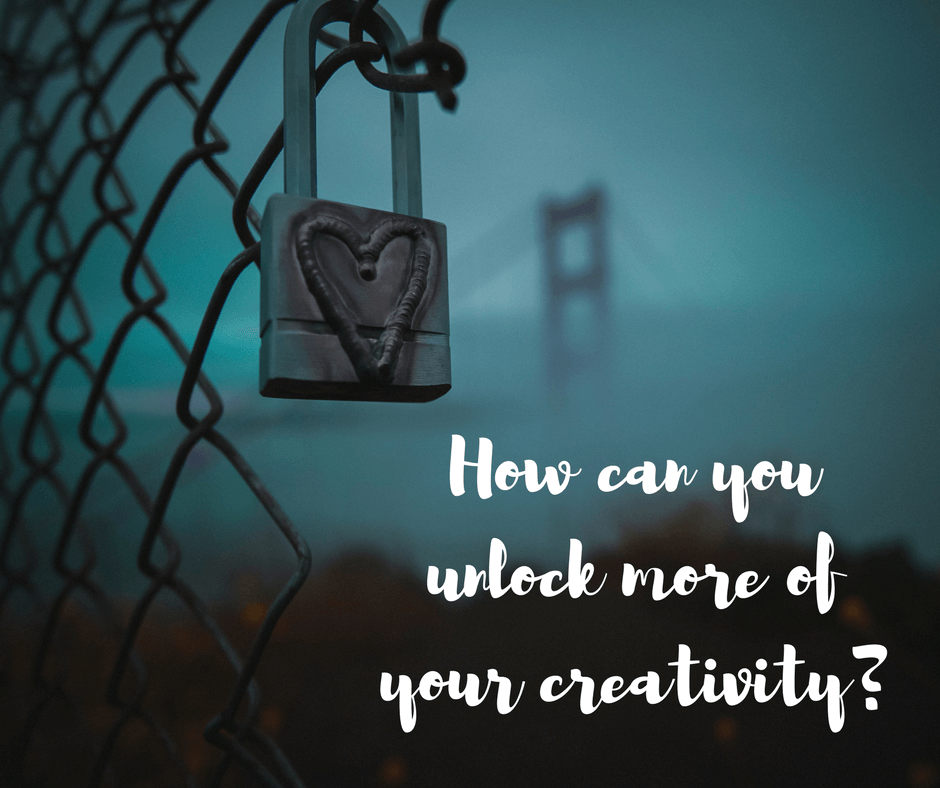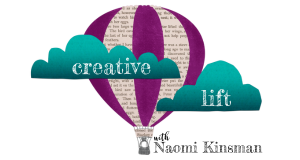
by Naomi | Aug 25, 2016 | Creative Life
The Who, What and Where of Writerly Play
Writerly Play helps us develop our creativity by tapping into the power of story and the addictive momentum of games.
While studying improvisation with Joyce and Byrne Piven, I expanded my understanding of what a game can be, and also what it can do. A game experience has a beginning, middle and an end. As storytellers, when we play with a narrative arc in mind, a game becomes more than a series of moves. We’re part of a collective experience that builds to an unexpected climax, and then resolves with a satisfying flourish.
In order to participate in a narrative game, we need three touchpoints. WHO are we in the game? WHAT is our objective? WHERE are the boundaries as we play?
First, the WHO.
By looking at ourselves through the lens of creative archetypes, we gain insight about our gifts and blind spots. Which archetypes are most like us? Which are least like us?
Points of friction offer interesting insights. Perhaps we fit into one archetype nearly all the time, except for during moments of high stress. Might we make the most of that tendency and make the most of that alternate role? Or, should we stop and remember to tap into our creative gifts rather than try to problem solve with ill-fitting strategies? The point is not to force ourselves into boxes, but rather to use the structure of the game to unlock better strategies for playing.
If you’d like to explore your creative archetype, I encourage you to take this quiz. At the end, don’t miss the cheat sheet with strategies curated for your style.
Next, the WHAT.
Any creative project will do. We stretch our creativity by mindfully engaging in the creative process. Remember, you aren’t only learning an art form. You’re also learning how to think creativity, skills that will serve you no matter what art form you tackle next.
The WHERE is how Writerly Play truly shines.
Writerly Play invites you to picture the creative process playing out in a series of mental rooms. We all know the power of corners in a Kindergarten classroom. Each corner is equipped with tools to put us in the right frame of mind for the activity at hand.
Picture yourself standing in front of a gate.
It’s an intriguing gate—one that whispers of mysteries beyond. What does your gate look like? Take in as much detail as you can. Where are you? In a busy city? In a thick forest?
Beyond the gate is a building. When you were a kid, did you ever stumble across a place that you immediately claimed as your own? Maybe it was a hidden space carved into a hedge or a room that no one used. The point is, every once in a while, a space invites us in—it feels safe. It invites us to play. This building is that kind of space. It’s your hideout. You’re allowed to build forts here and slide across the floor in your socks.
Open the door and go inside.
Absorb the look and feel of the place. This building—your Writerly Play hideout—is a setting for your creative exploration and growth. While your space will have its individual quirks and surprises, there are also a few rooms you’re sure to find.
-
Climb up to the Attic, a room filled with artifacts from your life experiences, and tools to help you savor, sort, and reflect on them.
-
Down a spiral slide, you’ll find the Studio. This imaginative, colorful space invites you to set your analytical mind aside so you can draft, sketch and improvise.
-
Across the hall and down a few doors, far enough away to keep the sawdust from choking out your playful experience, is the Workshop. Here, your analytical mind stars, as you do the hammer-and-nails work of shaping and revising your work.
-
Sometimes, you hit a wall and you need inspiration and wisdom from those who have gone before you. That’s why there’s a secret passageway from the Workshop to the Library, where you’re surrounded by the work of master artists, be they authors or painters or violinists.
-
In the back garden, you’ll find a Cafe, where you can connect with your peers and your audience. Here, you receive feedback and use it to fuel your growth.
I know you’ll want to ramble around your creative space and see what you can find in the nooks and crannies. Explore away, and then come on back tomorrow for the next post in The Nuts and Bolts of Writerly Play. We’ll climb back up into the Attic together and take a closer look.
SaveSave

by Naomi | Aug 24, 2016 | Creative Life
Creativity isn’t a superpower some people have and others don’t. Creative thinking is a habit–actually a collection of habits–developed over time. Writerly Play is a toolkit to help you understand and master those habits. Before we dive into the specifics of Writerly Play, let’s explore where this toolkit comes from and why it is necessary.
Imagine how you might learn to play the guitar.
You could pick the guitar up and strum. Practicing intuitively, you’d pick up a mix of good and bad habits as you went. Ultimately, you’d reach a plateau. It would be all too easy to believe yourself a mediocre player. You might give up, or settle for your limited skill set.
From the outside, we can see the mistaken belief and clear solution. Musicians need to learn the building blocks of their instruments. The problem isn’t that you are a poor player, but rather that you learned in the wrong way.
We need to learn the building blocks of creative thinking.
Like our guitar player, most adults have a few highly developed creative skills, counterbalanced by at least one blind spot. This blind spot is the source of much frustration. In mild cases, it can cause annoying creative blocks, but more often, we point to our blind spots–or at least the trouble caused by those blind spots–as proof that we aren’t creative, or aren’t creative enough.
To this lie, I emphatically shout, “UNTRUE!” Untapped creative energy festers. It becomes criticism, frustration, and even destructive action. On the flip side, when individuals find creative flow, families, schools, neighborhoods, and businesses are transformed.
For as long as I can remember, I’ve been fiercely pursuing this question: How can I unlock more of my creativity? I’m not one to moon around wishing I were more creative without taking action. Whenever I feel that pang of jealousy–you know the one, it invariably strikes when we see a seeming genius–I ask myself, “What are they doing that makes them creative?”
I set out to understand what creative people do.
Throughout my life, I’ve trained as an actress, a musician, a dancer, a director, a visual artist, an author, an educator and an entrepreneur. I’ve taught those subjects, as well. Teaching forced me to break art forms into respective skills. Over time, I began to see an important pattern. Each art form has its own language and key skills, but success in any medium requires mastery of a set of foundational abilities.
Creativity involves agility in these skills, as well as the flexibility to move fluidly between them. Or, put another way, highly creative people know what kind of thinking they need to be doing at different stages of the process. Those seeming geniuses move between modes of thinking intuitively. What excellent news for the rest of us! In order to develop our creativity, we simply need to build this mental toolkit and learn how to use it.
Remember our guitar player? Unlearning bad creative thinking habits usually requires a frustrating month or two. What used to come easily takes focused mental effort.
We can drill, train and use our determination to push through. Or, we can play. Games offer the opportunity to struggle, but in a way that appeals to our spontaneous, joyful spirit. That’s what Writerly Play is—a framework to help you individualize, map and problem solve your creative process. Like a choose-your-own adventure story or an improv game, it has a loose structure that invites you to come on in and play.
Before we move on, reflect on your own creative experiences.
When have you felt most successful with your creative thinking? When have you felt stuck? Do you see any patterns? Jot down your thoughts or create a small mental collection.
In part two of The Nuts and Bolts of Writerly Play, we’ll dive in and explore the specifics of Writerly Play. Then, throughout the rest of the series, we’ll play with the toolkit.



